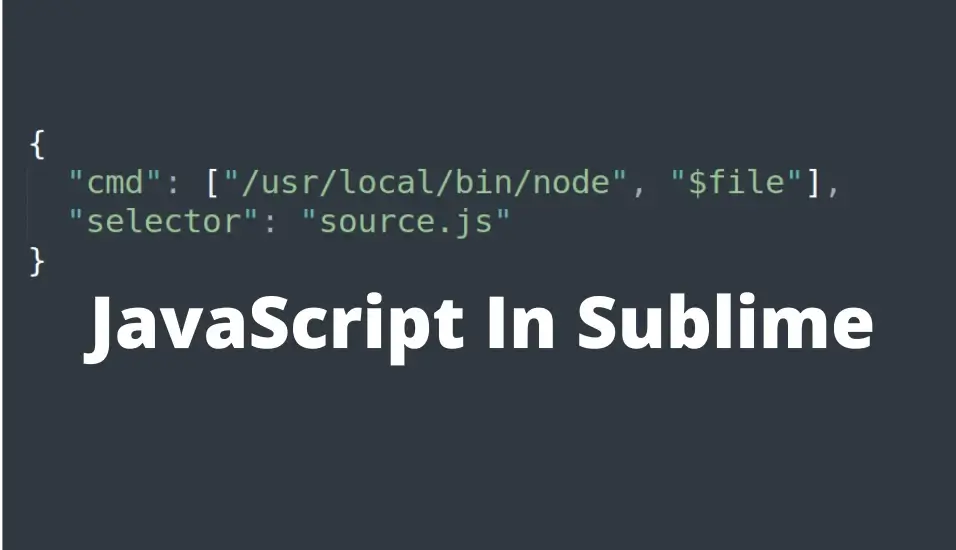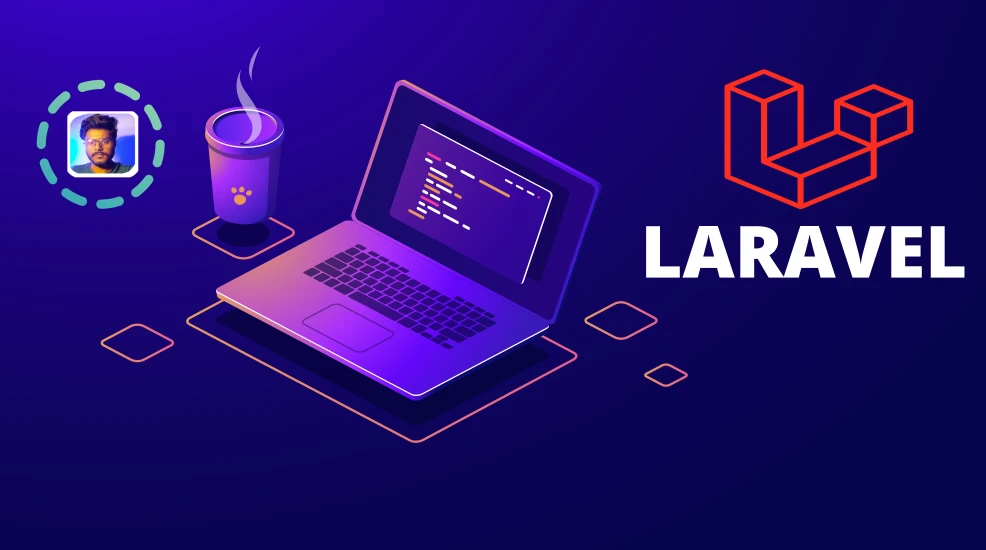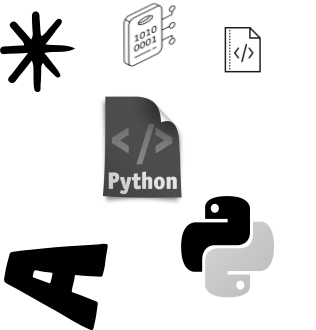AI-Driven Cybersecurity: The Future of Threat Detection and Prevention
Last updated: April 13, 2025 By Sunil Shaw

As digital landscapes evolve, so do the threats that businesses and organizations face. Cybersecurity has increasingly become a top priority, with cyberattacks becoming more frequent, sophisticated, and impactful. Traditional security methods are no longer sufficient to protect against these advanced threats. Enter Artificial Intelligence (AI)—a game-changing technology that is redefining cybersecurity’s future. AI-driven systems offer innovative ways to detect, prevent, and respond to cyber threats more effectively and efficiently than ever before. In this article, we explore how AI is transforming cybersecurity and the potential future of AI in threat detection and prevention.
The Growing Complexity of Cyber Threats
Cyber threats have grown exponentially more complex in recent years, with attackers leveraging advanced techniques to bypass traditional security protocols. Some of the most notable challenges in the current cybersecurity landscape includes:
- Advanced Persistent Threats (APTs): These sophisticated, long-term, targeted attacks aim to infiltrate networks and remain undetected, often attributed to state-sponsored or highly skilled hacker groups.
- Zero-Day Exploits: Cyberattacks exploiting unknown vulnerabilities in software make them difficult to defend against using conventional security methods.
- Ransomware: Malware that encrypts a victim’s data and demands a ransom for its release. These attacks have surged dramatically, impacting both organizations and individuals.
- Phishing and Social Engineering: Exploiting human behavior to deceive individuals into sharing sensitive information or installing malicious software.
As these threats evolve, so must the defenses that organizations rely on. This is where AI steps in, offering cutting-edge solutions.
How AI is Transforming Cybersecurity
AI is revolutionizing cybersecurity in several critical areas, improving threat detection, prevention, and real-time responses.
Automated Threat Detection
AI-driven systems can process vast amounts of data at incredible speeds, identifying potential threats by detecting patterns and anomalies. Unlike traditional method that rely on fixed rules and signatures, AI is capable of learning from data, enabling it to detect new and previously unknown threats. Machine Learning (ML), a subset of AI, can analyze network traffic, user behavior, and other threat intelligence to recognize malicious activities that may go unnoticed by conventional methods.
Predictive Threat Intelligence
One of AI’s most powerful capabilities is its ability to predict potential threats. By analyzing historical data, AI can identify patterns that indicate an impending attack, allowing businesses to take proactive measures. For example, AI can predict which system vulnerabilities are most likely to be targeted and enable cybersecurity teams to prioritize patches before an attack occurs.
Real-Time Response and Mitigation
AI allows for swift, real-time responses to detected threats. In many cases, automated systems can mitigate or contain the threat instantly, without human intervention. This can be crucial in preventing the spread of malware, halting data breaches, or stopping ransomware attacks. AI-driven solutions also automate routine security tasks such as updating firewall rules or isolating compromised systems, enabling human analysts to focus on more complex issues.
Enhanced User and Entity Behavior Analytics (UEBA)
AI enhances User and Entity Behavior Analytics (UEBA) by monitoring and analyzing behavior within a network. By establishing a baseline of normal activity, AI can quickly identify deviations that could indicate a security incident, such as an employee accessing data they typically wouldn’t, or an unexpected spike in network activity. This leads to faster and more accurate threat detections.
Adaptive Security Models
Traditional security models rely on static rules that can quickly become outdated. AI-powered systems enable adaptive security models that evolve with the threat landscape, learning from both successful and unsuccessful attacks. This ensures that security measures are always up to date and effectives against new and emerging threats.
The Benefits of AI-Driven Cybersecurity
Integrating AI into cybersecurity offers numerous advantages:
- Scalability: AI can analyze vast volumes of data far beyond human capabilities, making it ideal for large organizations with complex infrastructures.
- Efficiency: Automation of threat detection and response reduces the workload on cybersecurity teams, allowing them to focus on more strategic tasks.
- Accuracy: AI continuously improves its threat detection capabilities by learning from data, reducing false positives, and improving accuracy over time.
- Proactivity: AI’s predictive capabilities allow organizations to identify vulnerabilities before they are exploited, offering proactive defense.
Challenges and Considerations
Despite its benefits, AI-driven cybersecurity comes with its own set of challenges:
- Data Quality and Quantity: AI requires vast amounts of high-quality data to function effectively. Inaccurates or incomplete data can lead to false positives or missed threats.
- Complexity and Cost: Implementing AI-based solutions can be complex and expensive, especially for smaller organizations that may lack the necessary resources or expertise.
- Adversarial AI: Attackers can exploit AI systems in malicious ways, leading to AI-generated false outcomes that bypass security measures.
- Ethical Considerations: The use of AI in cybersecurity raises privacy concerns, especially regarding surveillance and data collection. Striking a balance between security and individuals privacy is crucial.
The Future of AI-Driven Cybersecurity
The future of cybersecurity will continue to be shaped by AI. As cyber threats evolve, AI’s role in defending against them will become even more significant. In the coming years, we expect to see the following advancements:
- AI-Powered Security Operations Centers (SOCs): AI will enable SOCs to operate more efficiently by automating routine tasks and alerting human analysts to critical threats.
- Advanced Threat Hunting: AI will enhance the capabilities of threat hunting by detecting subtle indicators of compromise and uncovering hidden threats that traditional methods might miss.
- Collaboration Between AI and Human Intelligence: The future of cybersecurity will likely involve a hybrid model where AI and human intelligence work together to create a more robust defense strategy.
Conclusion
AI-driven cybersecurity represents the future of threat detection and prevention. By harnessing AI’s power, organizations can stay ahead of attackers, safeguarding their data, assets, and reputation. As AI continues to advance, it’s crucial for IT leaders to address the challenges and ethical considerations associated with its use, ensuring that AI technologies are deployed responsibly and effectively in the ongoing battle against cyber threats.
What is Laravel and why is it used
About Author
I am a Web Developer, Love to write code and explain in brief. I Worked on several projects and completed in no time.
View all posts by Sunil Shaw





























